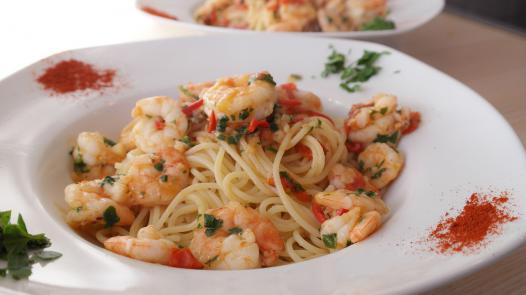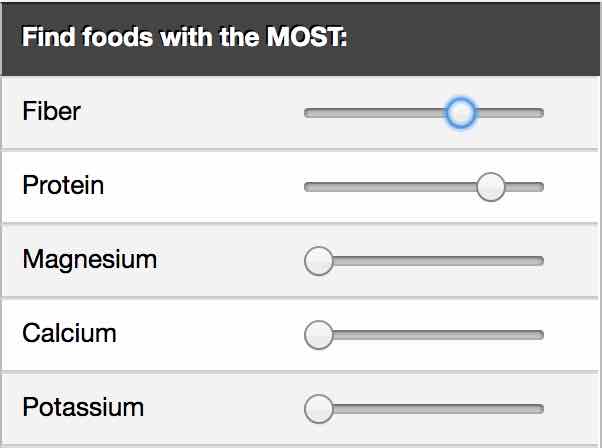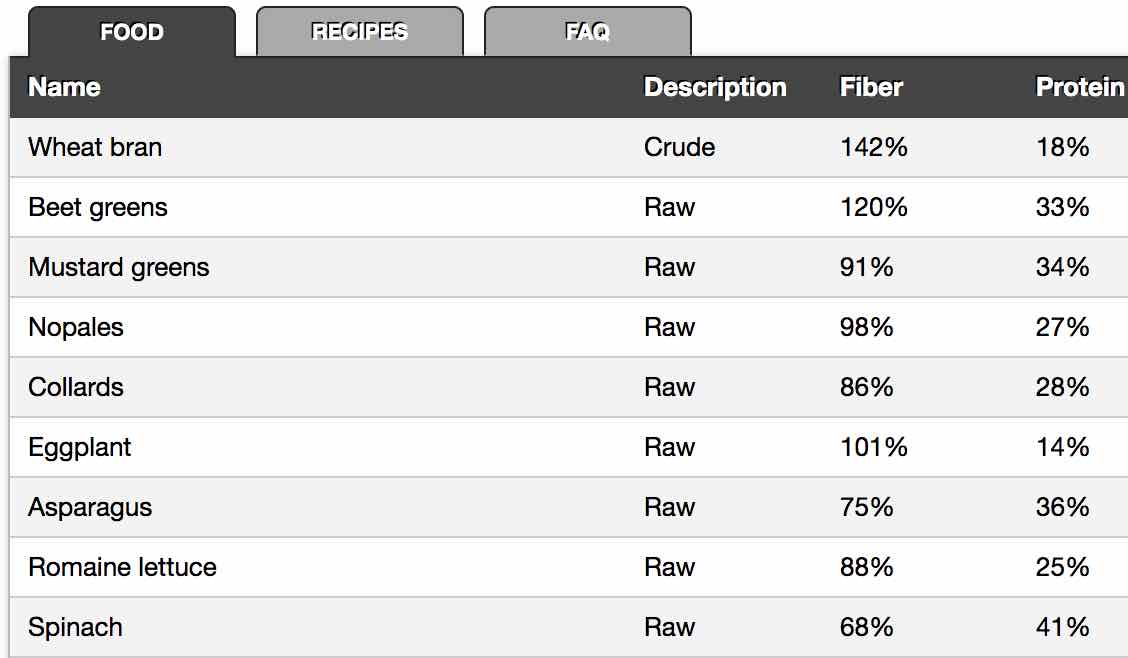First, let's take a look at the macros. Each of these are listed in grams and as usual, normalized to 200 calories for easy comparison, so we're always comparing apples to apples.
| Shrimp | Monkfish |
| Nutrient | shrimp | monkfish |
| Protein | 38g | 38g |
| Carbohydrate | 2g | 0g |
| Fiber | 0g | 0g |
| Fat | 3g | 4g |
| Monounsat. Fat | 0g | 4g |
| Polyunsat. Fat | 1g | 2g |
| Saturated Fat | 1g | 1g |

Next, let's take a look at the Vitamin density. These values are shown in units of percent of recommended daily intake. And since we're showing 200 calories worth, this means anything above 10% is good.
| Nutrient | shrimp | monkfish |
| Choline | 36% | 0% |
| Vitamin A | 16% | 5% |
| Vitamin C | 5% | 4% |
| Vitamin E | 17% | 0% |
| Vitamin K | 0% | 0% |
Shrimp have significantly more Vitamins A, E than monkfish. Shrimp are a good source of Magnesium, Zinc, Calcium. Shrimp are a great source of Niacin, Phosphorus, Iron. Shrimp are an excellent source of Vitamin B12. Monkfish are a good source of Potassium. Monkfish are a great source of Niacin, Vitamin B6, Phosphorus. Monkfish are an excellent source of Vitamin B12.
And here we see the B-vitamins: B1 (Thiamin), B2 (Riboflavin), B3 (Niacin), B5 (Pantothenic Acid), B6 (Pyridoxine)
| Nutrient | shrimp | monkfish |
| Vitamin B1 | 5% | 7% |
| Vitamin B2 | 6% | 14% |
| Vitamin B3 | 40% | 46% |
| Vitamin B5 | 10% | 8% |
| Vitamin B6 | 18% | 57% |
| Vitamin B12 | 109% | 118% |
Now, lets look at mineral density. Here we have a lot of important electrolytes and minerals. Once again, units are in percent of RDI, thus for this 200 calorie serving anything above 10% would considered high.
| Nutrient | shrimp | monkfish |
| Sodium | 19% | 3% |
| Potasium | 10% | 30% |
| Calcium | 20% | 4% |
| Magnesium | 20% | 16% |
| Phosphorus | 67% | 91% |
| Iron | 76% | 14% |
| Manganese | 4% | 3% |
| Selenium | 159% | 213% |
| Copper | 50% | 7% |
| Zinc | 22% | 11% |
Rank foods/recipes by Nutrients
You can use the Nutrient based Food and recipe finder, to rank foods based on nutrients:

And get results like this:
